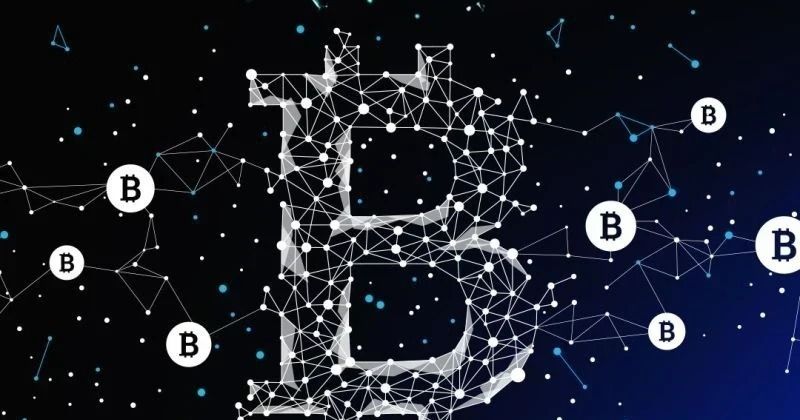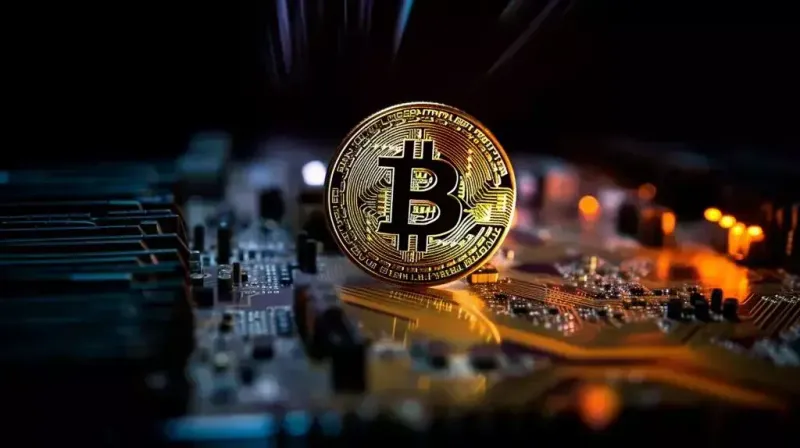Blockchain Was Once Synonymous with Cryptocurrency — Not Anymore
For years, blockchain was almost exclusively associated with cryptocurrency, serving as the underlying technology for digital assets like Bitcoin and Ethereum. But in 2025, the narrative has evolved. Blockchain is now recognized as a transformative digital infrastructure, powering innovation across a wide spectrum of industries.
From supply chains and healthcare to digital identity, education, and even governments, organizations are moving far beyond cryptocurrency use cases, embracing blockchain applications beyond cryptocurrency to solve real-world problems with transparency, security, and decentralization.
This article explores the most impactful, scalable, and practical uses of blockchain technology beyond cryptocurrency in 2025—showing how enterprises, startups, and governments are integrating blockchain into everyday systems.
Why Blockchain Matters Now More Than Ever
In a digital-first, trust-fragile economy, blockchain offers an unmatched combination of decentralization, immutability, and automation via smart contracts. That’s why blockchain technology and cryptocurrencies are no longer inseparable concepts. The technology has outgrown its origins.
Key advantages of blockchain:
- Decentralized control eliminates intermediaries
- Immutable records preserve data integrity
- Transparent ledgers ensure accountability
- Smart contracts automate complex workflows
- Tokenization enables traceable real-world asset ownership
As industries digitize, blockchain beyond cryptocurrency is gaining recognition as critical infrastructure.
1. Supply Chain Management: Transparency and Traceability
Blockchain applications beyond cryptocurrency are revolutionizing logistics. Supply chains involve multiple stakeholders and data handoffs—making them vulnerable to fraud, delays, and opacity.
Real-World Example: IBM Food Trust
Used by Nestlé and Walmart, it enables tracing food items from farm to shelf in seconds, drastically improving food safety and compliance.
Benefits:
- End-to-end provenance of goods
- Compliance and sustainability tracking
- Real-time auditing
- Tokenized supplier credentials
2. Healthcare: Securing Patient Data and Interoperability
Unlike traditional systems that silo patient data, blockchain enables secure, portable, and interoperable electronic health records (EHRs).
Real-World Example: Medicalchain & Guardtime
These platforms give patients control over their data and enable secure sharing with healthcare providers globally.
How Blockchain Helps:
- Privacy-first, patient-owned EHRs
- Validated clinical trial data
- Counterfeit drug prevention
- Smart contract-driven insurance claims
3. Digital Identity: Self-Sovereign and Secure
Do all cryptocurrencies use blockchain? Yes—but blockchain can also exist without being tied to a currency. Digital identity is a prime example where blockchain excels independently.
Real-World Example: Microsoft ION, ID2020
Users can create decentralized identifiers (DIDs) to manage their identities across platforms.
Key Benefits:
- User-controlled credentials
- Tamper-proof identity verification
- Interoperable digital IDs
- No single point of failure
4. Decentralized Finance (DeFi): Redefining Traditional Banking
Although DeFi originated within cryptocurrency use cases, it now supports lending, insurance, and asset tokenization—without banks or brokers.
Real-World Example: Aave, Compound, Centrifuge
These platforms automate lending and investing with smart contracts and tokenize assets like real estate or invoices.
DeFi Innovations:
- Accessible global finance
- Smart, programmable contracts
- Real-asset tokenization
- Transparent, community-governed protocols
5. Intellectual Property: Rights and Royalties Reinvented
Artists and creators benefit from blockchain beyond cryptocurrency through digital rights protection, timestamped ownership, and royalty automation.
Real-World Example: Audius, Ascribe, Emanate
These platforms allow direct-to-consumer payments, NFT-based licensing, and transparent content monetization.
What Blockchain Enables:
- Automated royalty flows
- Immutable proof of creation
- Global distribution via NFTs
- Decentralized content markets
6. Real Estate: Tokenization and Transaction Efficiency
Real estate is notoriously bureaucratic and slow. Blockchain brings speed, clarity, and fractional ownership.
Real-World Example: Propy & Real
These platforms record property sales on-chain and allow fractional investing in rental properties via tokens.
Benefits:
- Fast, low-cost transactions
- Smart escrow automation
- Secure deed/title management
- Investment democratization
7. Government and Voting: Securing Democracy with Blockchain
When blockchain technology and cryptocurrencies are discussed, governance often gets overlooked. But blockchain can power secure, anonymous, tamper-proof voting systems.
Real-World Example: Voatz, Horizon State
These platforms allow overseas and domestic voters to cast secure mobile ballots.
Features:
- Verifiable vote records
- Reduced election fraud
- Higher voter participation
- DAO-style community governance
8. Education and Credentials: Verified for Life
Verifying academic qualifications manually is slow and error-prone. Blockchain simplifies it.
Real-World Example: MIT Digital Diplomas
Graduates receive a scannable, verifiable diploma stored on blockchain.
Blockchain in Education:
- Fraud-proof certifications
- Global, interoperable credentials
- Stackable micro-credentials
- Lifelong learning portfolios
9. Energy Sector: From Carbon Credits to Microgrids
Blockchain enables efficient tracking, trading, and incentives in the energy ecosystem.
Real-World Example: Power Ledger, WePower
These platforms allow users to trade surplus solar power on microgrids using blockchain tokens.
Energy Applications:
- Automated billing
- Tokenized carbon credits
- Resilient local grids
- Clean energy incentives
10. Retail and Consumer Loyalty
Retailers are using blockchain to ensure authenticity, streamline loyalty, and personalize engagement.
Real-World Example: Starbucks, Lolli
Starbucks uses blockchain to trace coffee bean origins. Lolli rewards purchases with Bitcoin.
Benefits:
- Transparent sourcing
- Redeemable loyalty tokens
- Customer-owned data
- Authenticity assurance
- Challenges to Consider
Despite its promise, blockchain isn't a magic bullet. Common hurdles include:
- Scalability bottlenecks on public chains
- Regulatory uncertainty around cryptocurrency use cases
- Poor interoperability between blockchain networks
- Complex onboarding and wallet/key management
- Environmental impacts of proof-of-work (PoW) models
Solutions: Layer-2 scaling, proof-of-stake (PoS), user education, and cross-chain bridges.
What’s Next for Blockchain?
Expect massive adoption of zero-knowledge proofs, industry-specific chains, AI-integrated smart contracts, and real-time compliance tracking. The convergence of blockchain with IoT, AI, and cloud services will define the next wave of digital infrastructure.
Final Thoughts
Blockchain’s potential has only begun to be realized. What started as a ledger for Bitcoin has become a catalyst for digital trust, automation, and decentralization across sectors.
At Vasundhara Infotech, we help businesses build blockchain-powered solutions that drive transparency, security, and efficiency—no matter the industry. If you're ready to explore how blockchain can revolutionize your business model, let's connect.
Originally Published On: https://vasundhara.io/blogs/real-use-cases-of-blockchain-beyond-crypto-in-2025







Top comments (0)